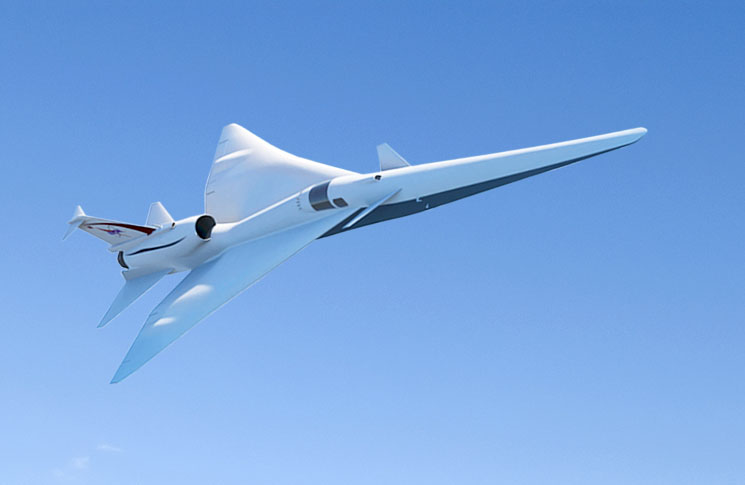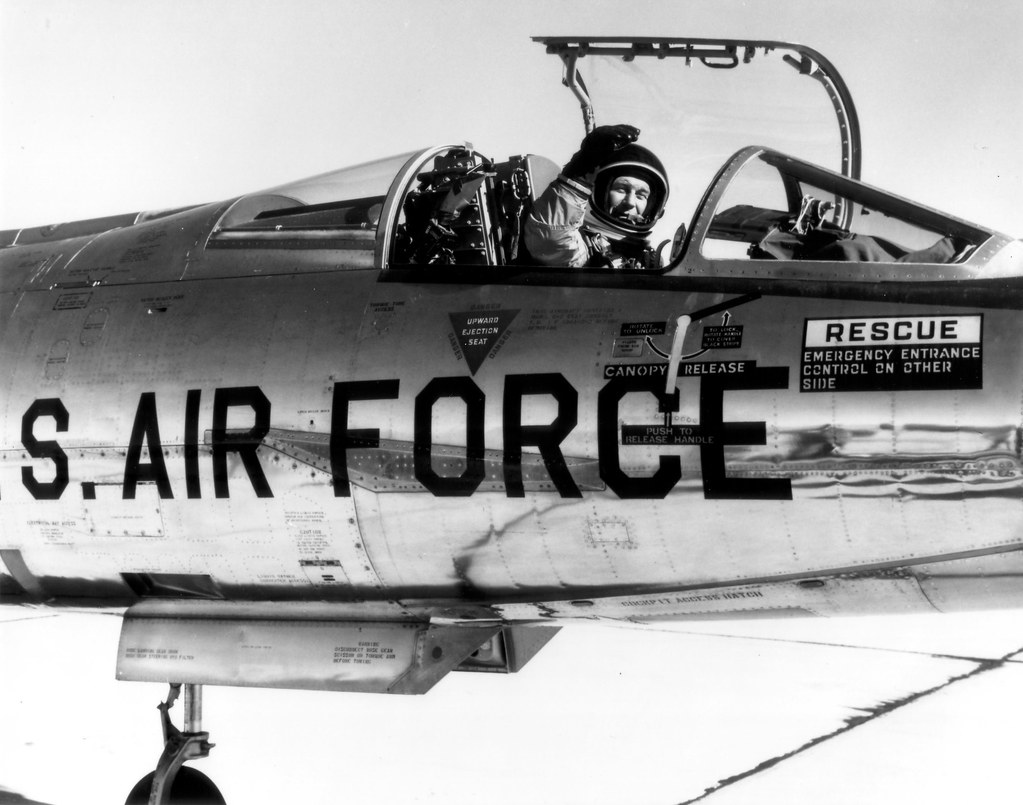Civil supersonic flight could be making a quiet comeback. NASA yesterday awarded a contract for the design, building and testing of a supersonic aircraft that reduces a sonic boom to a gentle thump.
The $A320 million ($US247.5 million) Low-Boom Flight Demonstration contract went to Lockheed Martin.
The company will design and build a manned X-plane experimental aircraft, which will cruise at 55,000 feet at a speed of about 815 knots, or Mach 1.42 and create a sound about as loud as a car door closing, 75 perceived level decibel (PLdB), instead of a sonic boom.
The proposed aircraft will be 28 metres with a wingspan of nine metres and a fully fuelled take-off weight of 14,650 kilograms. Thrust will come from a single General Electric F414 engine, the powerplant used by F/A-18E/F fighters. The cockpit will be based on the Northrop T38 jet trainer.
NASA expects to take delivery of the aircraft in late 2021. The agency will perform additional flight tests to prove the quiet supersonic technology works as designed, aircraft performance is robust, and it’s safe to operate in the National Airspace System.
Beginning in mid-2022, NASA will fly the X-plane over US cities and will collect data about community responses to the flights. This data will be provided to US and international regulators for their use in considering new sound-based rules regarding supersonic flight over land.





